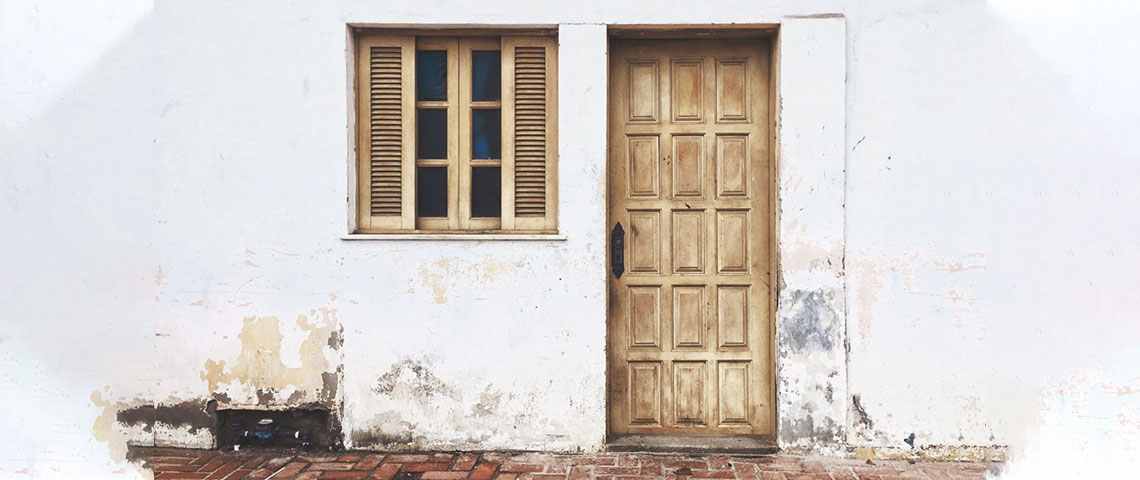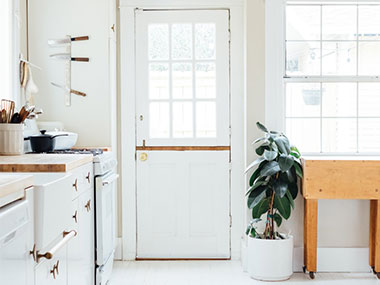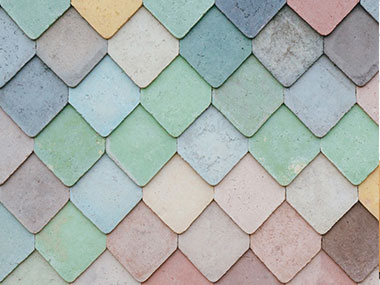Fixer-uppers need some extra TLC, but it’s easier than you think to make them presentable shortly after purchase.
Buying a fixer-upper is kind of a mixed bag. The bad news is, there’s a lot of work involved, and it usually takes years to get it all done. The good news is if you’re on a budget and like the idea of turning your home into a space that represents you exactly, a fixer-upper is a perfect approach.
The further good news? Toronto abounds with ideal options.
Getting its start as the town of York several hundred years ago, the city has expanded outward ever since, with homes popping up in its wake. With such a long history, you can bet there are some fixer-uppers to be had across the city and in its suburbs. These homes have great bones but need a little love to bring them into the modern age. The following tips combine some serious weekend warrior-king with strategic purchases and professional services.
So when the move-in is over and your life stretches before you, here’s how to proceed.
Update Your Fixer Upper’s Main Systems First
While many people who buy fixer-uppers want to beautify them first, our cold northern winters will make you rethink that real quick. First and foremost, you need to address structural problems such as doors, windows, and floors.
Replace Flooring on a Budget
Beautiful flooring is no doubt on your to-do list, but many people can’t afford to drop thousands on new floors right after they purchase a home. The good news is, you don’t necessarily have to.
The best idea is to start room by room, addressing the most broken-down floors first and moving out from there. For instance, if there’s a hole in the bathroom floor that shows right through to the basement (it happens!), go ahead and take care of that immediately.
Going room by room is a good way to spend just a little at a time. Another option is to go for cheap flooring. Opting for laminate floors or other affordable options can give you the desired effect for a fraction of the cost of hardwood floors.
Update the Windows
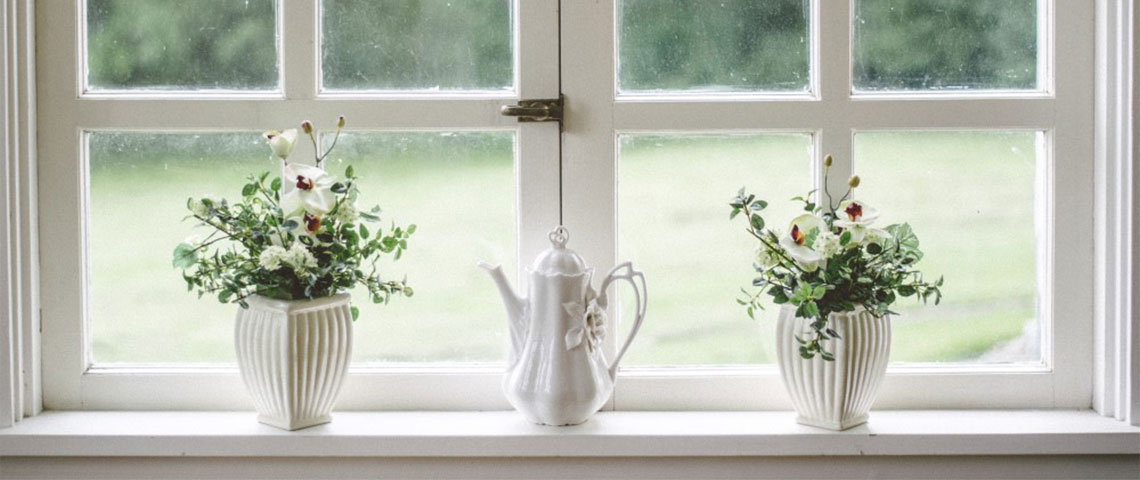
Lots of people assume that if you want good windows today, you must immediately install double-pane Energy Star options. While that would be lovely, most of us don’t have the cash for a new set throughout the house.
Problem is, a lot of fixer-uppers are super drafty, making winters unpleasant and leaking A/C during hot, humid summers. Plus, loose and leaky windows let in moisture, which can damage walls, foundations, and your possessions. For increased comfort and structural integrity, you should:
- Use foam weather stripping to seal up cracks.
- Caulk the outside of windows between the trim and the siding.
- Replace window trim on the inside and outside to fit closer to old windows.
Get Trim in Order
Speaking of trim, rotting or loosely fitting frames are one of the dead giveaways that you’ve got a fixer-upper on your hands.
Luckily, since the trim is nothing more than wood nailed to walls and then painted, you can fix it up pretty easily. If you’re handy, do it yourself by removing the rotting or damaged board and replacing it with a new one. Then, paint or stain to match the current trim. If needed, repaint the entire frame to mask the repair.
Pro tip: If you’re not DIY-inclined, wait until you have a long list of repairs before calling a handyman. They’ll give you a much better deal on 1-2 days’ work than they will on odd jobs.
Get a Surprisingly Quick Lift by Fixing Cosmetic Issues
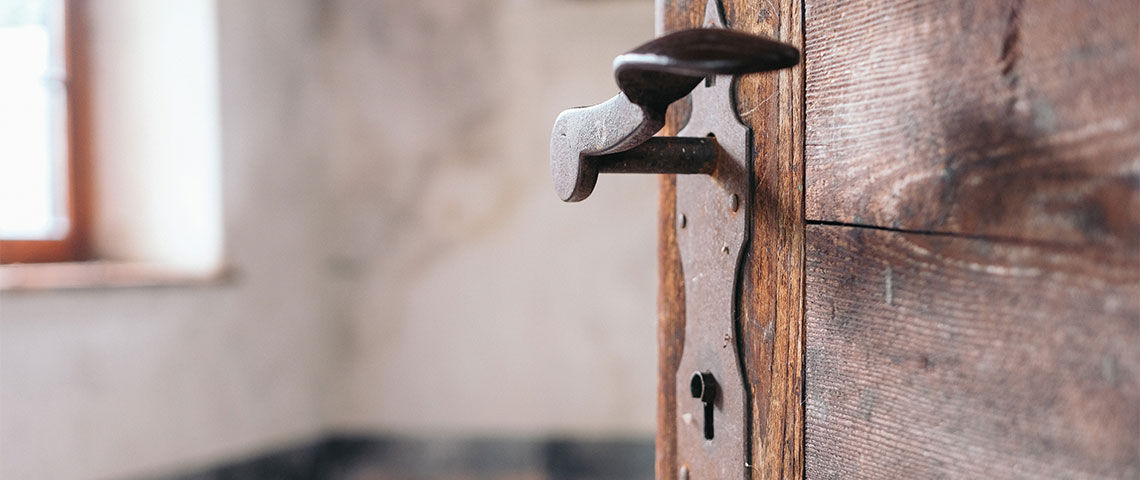
In addition to deep-cleaning your home before moving in, you can measurably improve your home’s look and comfort with a few cosmetic changes.
Paint Indoors and Out
Paint is key. Nothing refreshes a room or the front of a home like a fresh, even coating. It disguises discolorations, covers scrubbed-over spots that had mold on them, and repairs flaking. Paint is also important to protect your siding, so if you need a new coat, don’t wait too long.
If you can’t afford to hire someone to paint the house or don’t have the time for a whole paint job right now, just go for the trim. It’s surprising how much a fresh layer of white paint on door frames and windows can uplift a room. Try it! If you still want a full overhaul, you can do that later. Just make sure to tape that trim you just painted so it doesn’t get splotched.
Also, when you’re buying the house, ask the owner about paint cans. Usually, they have leftovers from previous paint jobs and can leave them for you for touch-ups.
Fix or Replace Tiles
Sure, you can’t afford to install all new countertops or shower tiles yet, but that doesn’t mean you can’t fix the worst offenders. Broken, cracked, or grout-less tiles lend a decrepit air to the entire room when really they’re a small part of the package. Luckily, this is easier to fix than you might think:
- Gouge out a representative tile and take it with you to the hardware store to buy replacements
- Call a professional to replace tiles throughout the house (or for a DIY approach, keep reading!)
- Scrape away the grout abutting all the other tiles as well as the adhesive beneath the old tile
- Apply new adhesive to the flat area as well as the back of the tile, and press it in place
- Wait a few hours, then fill with grout
- Immediately wipe off grout smears, or they will harden and remain forever
Polish Wood to a High Sheen
Wood paneling, floors, and furniture all take well to polish. It can work amazingly well when it comes to making surfaces look new. It fills small holes and scratches, returns wood to its finished color to disguise blemishes, and makes the grain shine. Plus, it takes less than a day to do several rooms’ worth of paneling and furniture, so it’s an easy win.
Citrus-based cleaners also make your home smell good, which is a not-insignificant piece of the home-updating plan. Old smells can do a lot to reduce the tranquility and pleasantness of a home, so address them with subtle touches.
Take a Smart Approach to Supply Storage

Many people assume storage units are for people who are moving or need overflow for their possessions, but that’s not true. Actually, a storage unit is a perfect place to keep supplies while you’re updating your home – especially useful if you have a small house without a basement, shed, or garage. Think:
- Paint cans, trays, rollers, tape, and other tools
- Ladders, step stools, and mowers
- Bathroom and kitchen fixtures, lights, and hardware
- Cleaners, adhesives, grout, caulk, and like substances
- New doors and windows
Be sure to choose a storage unit that is within a 10-15 minute drive of your home so that you don’t unintentionally add a huge chore to your already busy weekend of warrior-ing.
That’s it! Although there’s always something left on the bucket list – even when you own your dream home – you’ll find these steps go a long way toward transforming that fixer-upper into your home sweet home.












